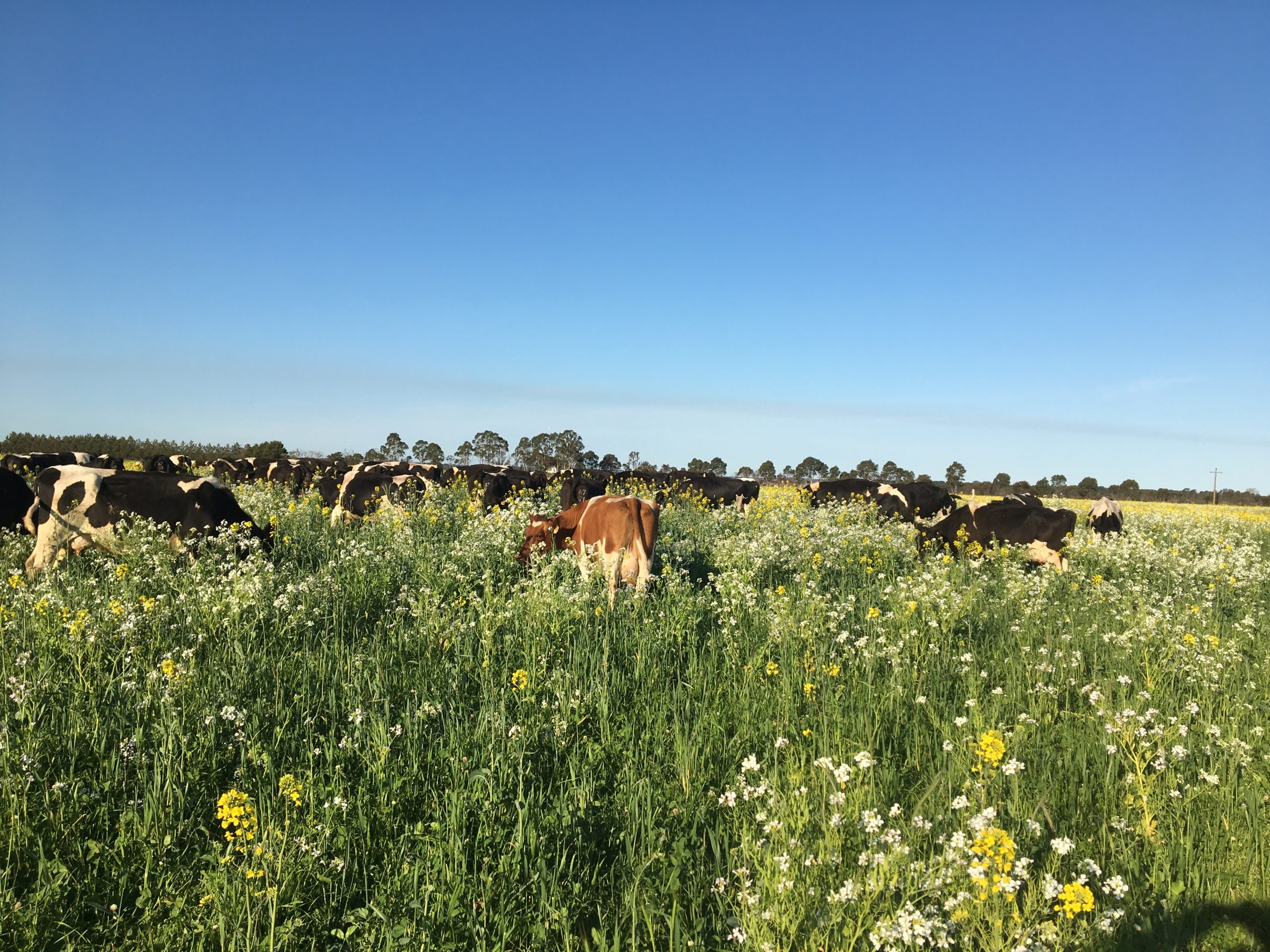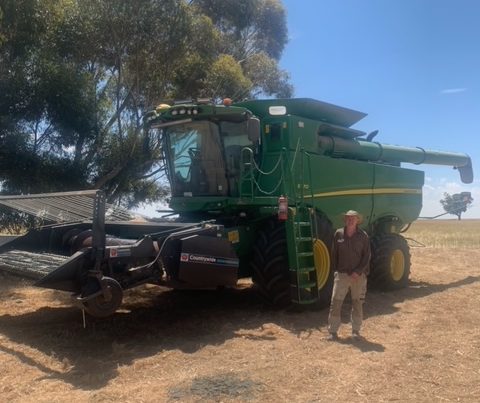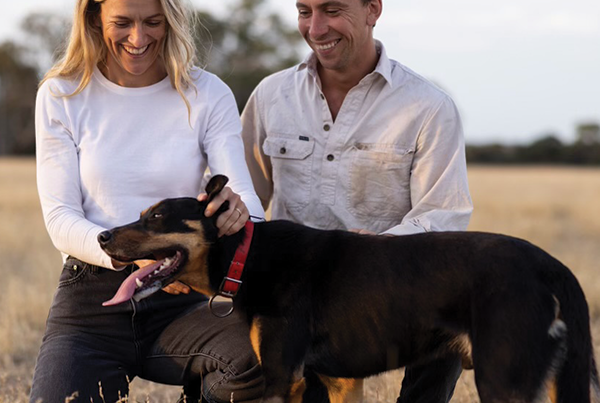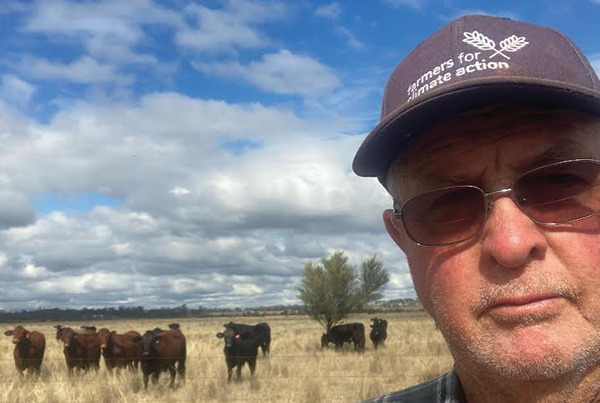Update:
Sandra and Wilco are continuing to kick goals. In July 2022, they were featured in an ABC News article explaining how a major investment in solar panels has slashed their irrigation-related electricity costs from almost $100,000 per year to just $15,000! Well done Sandra and Wilco!
At a glance
Who: Sandra Jefford and Wilco Droppert, Wilandra Farms
What: 520 ha Organic dairy farm
Where: Near Sale in Gippsland, Victoria

Can you tell us about your property?
We came to this area in 2011 and we started farming organically in 2016 – just as the rain stopped in our area!
Average annual rainfall is about 600mm and the soil is mainly sandy loam. We have about 160 ha of good irrigation on the home farm which is the main milking platform. We milk about 300 cows year round.
We have a strong belief that if we can maximise soil health, then everything else falls into place. The organic practices that we use – such as not applying herbicides and synthetic fertilisers, help the soil life, and that’s crucial to growing healthy plants that result in healthy animals, and nutritious food. We also add microbes, trace elements and compost to the soil.
About 3 years ago we had an energy audit conducted, because we pump all our irrigation water from bores and the Avon River. Pumping water is expensive and we were keen to find ways to reduce the size of those bills. We also realized the enormity of the greenhouse gases associated with this electricity and diesel, and wanted to get away from that.
We applied for a grant through the Victorian government’s Agriculture Energy Investment Plan. The project was approved and work began in early 2021.
We’ve had 200 kW of ground mounted solar installed. There’s 2, 15 kW wind turbines to come, 54 kWH of batteries, and an energy management system that will match irrigation activities with the power available. At the moment, solar power availability is not always well matched to farm operations – for example we don’t milk cows in the middle of the day, when most solar power is available. So, part of this project is about using the power when it’s available.
What first got you thinking about climate change?
We’re a low-lying farm near the Gippsland Lakes, so it’s in our best interest to do what we can to limit temperature increases and sea level rises. It makes us think about the millions of people around the world who live on land at sea level, and the impact that climate change will have on them.
How has climate change impacted on your farm business?
The three year drought from 2016 onwards was tough. Not knowing how long the drought would last, we initially bought hay and expected to retain all our animals. After a little while, we realized that made no sense, and reduced the number of cattle.
Even with irrigation, in hot, dry windy weather it’s hard to grow feed. We need to be adapting and preparing now for times when we have more days of extreme temperatures and strong winds.
Almost half of our land isn’t irrigated, which makes it more prone the risk of grass fires. We are mindful of that and plan to look after cattle, fodder reserves and machinery in those conditions.
What are some of the climate-smart strategies you’ve been employing and how successful have they been?
Choice of plants in pasture is really important. For example, chicory has very deep roots, self-seeds, cattle love it, and it’s very nutritious. Getting that established on dryland has proved very beneficial. When weather has been hot and dry, the chicory has survived better than most plants. Having a really diverse mix of plants is also important. The flowering plants in the pasture are beautiful and good for biodiversity, and the number of worms in the soil is very encouraging.
On one area of land, we have changed paddock layout so that it’s easier to move cattle on a daily basis, and give the land a long rest (about 90 days) before cattle come back to that area. We can see we’re growing more pasture and maintain ground cover. We would like to do something similar in other areas. This requires water pipes and troughs to be installed, but will make management much easier.
We’re planting as many trees as we can, because there are so many benefits for the land, climate and cattle. It’s satisfying to see that these young trees are already providing shade for calves.
Something else we’ve done is fence off wetlands (with help from West Gippsland CMA) and our irrigation dam. This helps keep the water clean as cattle aren’t able to stand in it. Monitoring by the CMA has shown that we have 8 species on frogs on the farm, including the endangered growling grass frogs and green and golden bell frogs.
